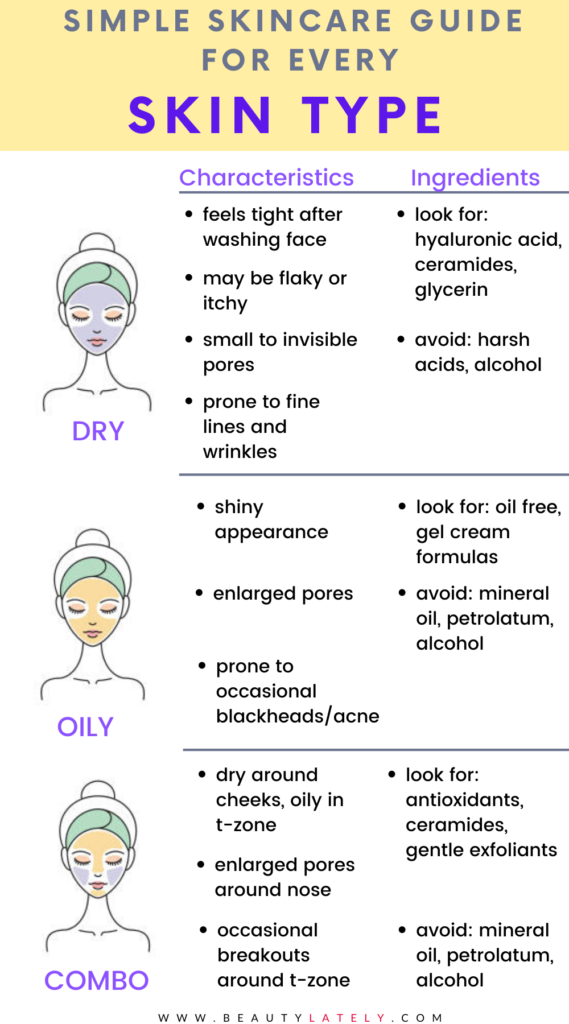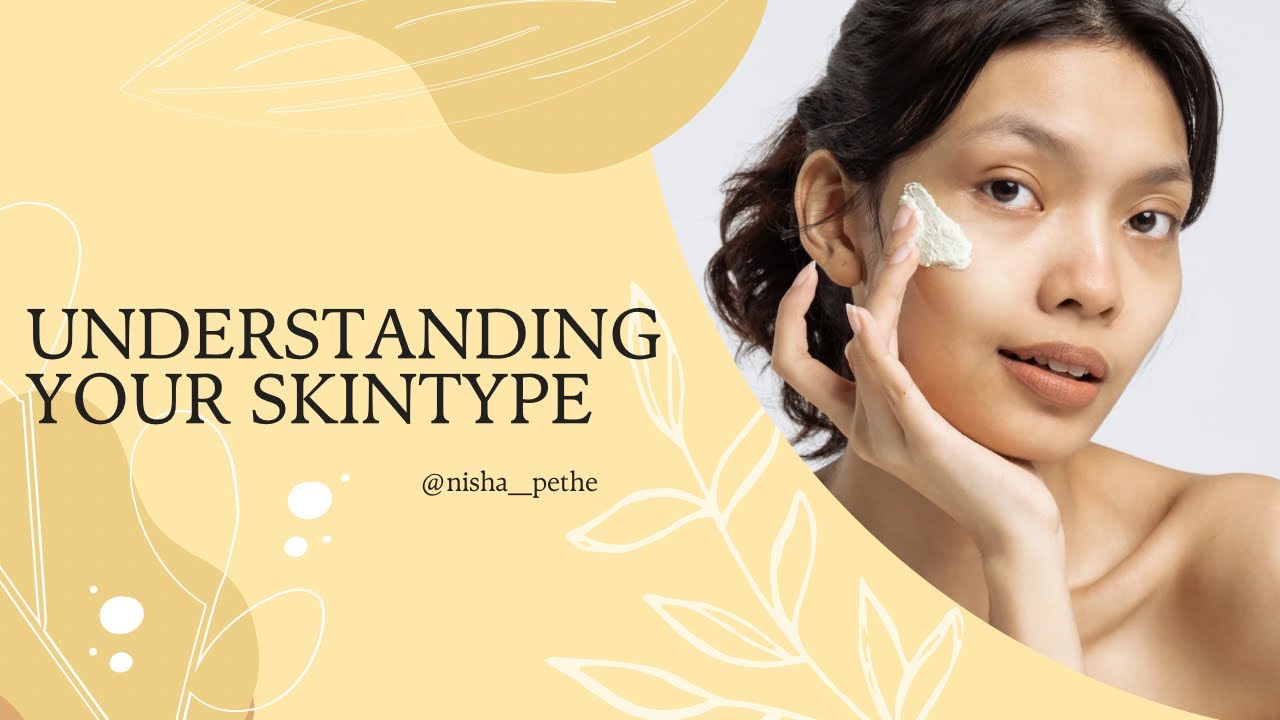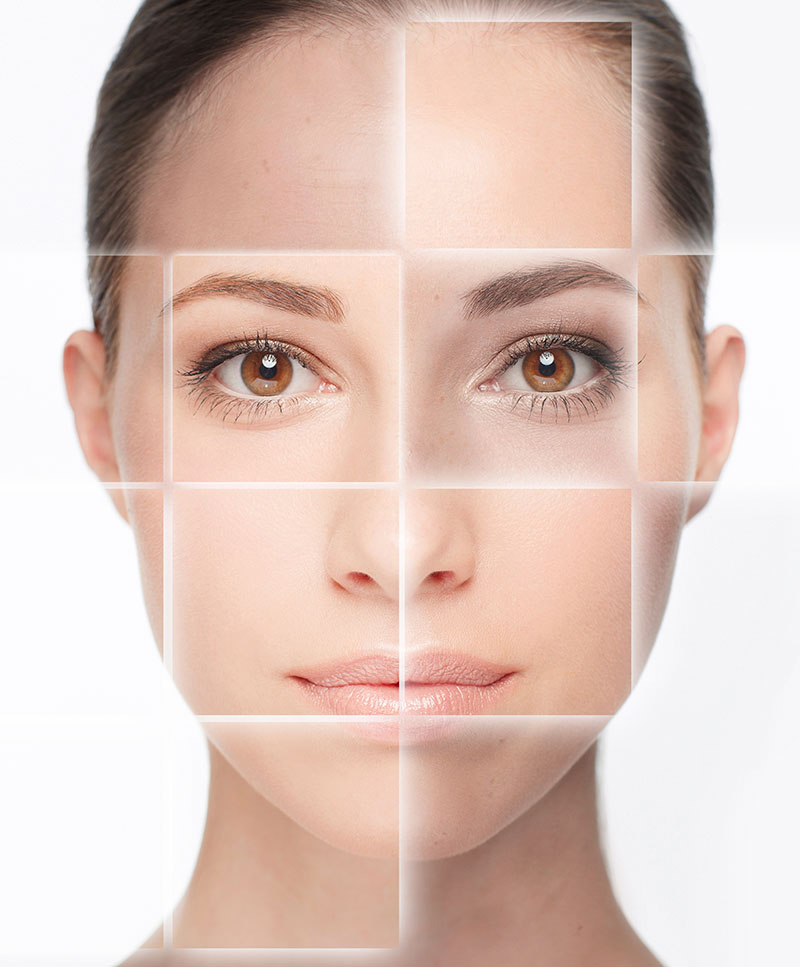
In the quest for healthy and radiant skin, one fundamental step is to understand your skin type. The stylish.ae Guide to Skin Typing is here to help you decode the complexities of your skin and provide you with the knowledge to tailor your skincare routine accordingly. Whether you have dry, oily, combination, or sensitive skin, this comprehensive guide will walk you through the characteristics, causes, and best practices for each skin type. Say goodbye to generic skincare advice and embrace a personalized approach that caters to the unique needs of your skin. It’s time to unlock the secrets to a flawless complexion.

The Basics of Skin Typing
What is skin typing?
Skin typing refers to the categorization of different individuals’ skin based on its unique characteristics and traits. By understanding your skin type, you can make more informed choices when it comes to selecting skincare products and developing a suitable skincare routine.
Why is skin typing important?
Skin typing is important because it helps you understand the specific needs of your skin. Different skin types require different care and attention, and by identifying your skin type, you can address any specific concerns and provide your skin with the care it needs to stay healthy and vibrant.
Factors that influence skin type
Several factors influence an individual’s skin type, including genetics, hormonal changes, environmental factors, lifestyle choices, and even the aging process. By understanding these factors, you can gain insight into why your skin behaves the way it does and the best approaches to care for it.
Identifying Different Skin Types
Normal Skin
Normal skin is considered balanced and generally healthy. It has a good moisture balance, and the sebaceous glands produce an adequate amount of sebum, resulting in a smooth and supple complexion.
Dry Skin
Dry skin is characterized by a lack of moisture and a weakened skin barrier. It often feels tight, rough, and may have visible flakiness or patches. People with dry skin may experience discomfort and may be more prone to wrinkling.
Oily Skin
Oily skin is characterized by excessive sebum production, resulting in a shiny appearance and a greasy texture. People with oily skin often have enlarged pores and are more prone to breakouts and acne.
Combination Skin
Combination skin is a combination of different skin types on different areas of the face. Typically, the T-zone (forehead, nose, and chin) tends to be oily or greasy, while the cheeks may be normal or dry. People with combination skin may have to manage different concerns simultaneously.
Sensitive Skin
Sensitive skin is easily irritated and prone to redness, itchiness, or discomfort. It can react negatively to certain ingredients or environmental factors. Sensitive skin requires extra care and gentler products to avoid flare-ups or adverse reactions.
Normal Skin
Characteristics of normal skin
Normal skin is typically well-balanced and even in texture and tone. It has a good moisture balance, with sebaceous glands producing enough sebum to keep the skin adequately hydrated. Normal skin rarely experiences sensitivity or significant issues such as acne or excessive oiliness.
Common concerns for normal skin
While normal skin may not have significant concerns, it is still important to maintain a regular skincare routine to keep the skin healthy and protected. Common concerns for normal skin include general maintenance, protection against aging, and maintaining hydration levels.
Skincare routine for normal skin
For normal skin, a basic skincare routine can involve cleansing, toning, moisturizing, and sun protection. It is important to use gentle, pH-balanced products that do not strip the skin of its natural moisture. Regular exfoliation and the use of antioxidant-rich serums can help promote a healthy glow and prevent signs of aging.
Dry Skin
Characteristics of dry skin
Dry skin often feels tight and lacking in moisture. It can be rough to the touch, and may experience flakiness or even cracking. Dry skin is typically caused by a lack of sebum production and a weakened skin barrier, resulting in increased water loss.
Common concerns for dry skin
The primary concern for dry skin is maintaining hydration levels and restoring moisture. Dry skin may be more prone to wrinkles and fine lines, and can feel uncomfortable or itchy. Dry skin may also be more sensitive and easily irritated.
Skincare routine for dry skin
A skincare routine for dry skin should focus on hydrating and replenishing moisture levels. This includes using gentle, hydrating cleansers, moisturizing creams or lotions, and incorporating products with humectants like hyaluronic acid. Regular exfoliation can help remove flaky skin and promote cell turnover. It is also important to protect dry skin from environmental stressors and to use sunscreen daily.

Oily Skin
Characteristics of oily skin
Oily skin is typically characterized by its shiny appearance and greasy texture. Excessive sebum production can lead to enlarged pores, blackheads, and a tendency for breakouts or acne. However, oily skin tends to age more slowly than other skin types.
Common concerns for oily skin
The primary concern for oily skin is managing excess oil production and preventing clogged pores and breakouts. Oily skin may also be more prone to shine and makeup not lasting as long throughout the day.
Skincare routine for oily skin
A skincare routine for oily skin should focus on cleansing and controlling sebum production. This includes using gentle, oil-free cleansers that help balance the skin’s pH levels, and toners that remove excess oil and tighten pores. Lightweight, oil-free moisturizers should still be incorporated to provide hydration without adding excess oil. Regular exfoliation can help unclog pores and prevent breakouts. Sunscreen is still essential, and non-comedogenic formulas are recommended.
Combination Skin
Characteristics of combination skin
Combination skin is characterized by having both oily and dry areas on the face. Typically, the T-zone (forehead, nose, and chin) tends to be oilier, while the cheeks may be normal or dry. Combination skin poses unique challenges as different areas of the face require different care.
Common concerns for combination skin
The primary concern for combination skin is addressing the different needs of oilier and drier areas. The T-zone may be prone to excess oil production and breakouts, while the cheeks may require more hydration and protection.
Skincare routine for combination skin
A skincare routine for combination skin should focus on balancing and addressing the specific concerns of the different areas. This includes using gentle cleansers, toning the T-zone to control excess oil, moisturizing the cheeks to maintain hydration, and using non-comedogenic products to avoid clogging pores. Regular exfoliation can help remove dead skin cells and prevent clogged pores. Sunscreen is essential for all areas of the face.

Sensitive Skin
Characteristics of sensitive skin
Sensitive skin is easily irritated and reactive to certain ingredients or environmental factors. It can be prone to redness, itching, or discomfort. Sensitive skin requires extra care and the use of gentle, soothing products to minimize potential reactions.
Common concerns for sensitive skin
The primary concern for sensitive skin is preventing and managing irritation or allergic reactions. Sensitive skin may also be more prone to dryness or flakiness.
Skincare routine for sensitive skin
A skincare routine for sensitive skin should prioritize gentle, fragrance-free products that are free from potential irritants. This includes using mild cleansers, avoiding harsh exfoliants, and incorporating moisturizers with calming ingredients like aloe vera or chamomile. Patch testing new products is recommended to avoid adverse reactions. Sunscreen should be gentle and mineral-based, providing broad-spectrum protection without irritation.
Skin Typing Methods
The Fitzpatrick Scale
The Fitzpatrick Scale is a widely used classification system that categorizes individuals’ skin tones and responses to sun exposure. The scale ranges from Type I (pale skin prone to sunburn) to Type VI (deeply pigmented skin that rarely burns). This scale is used mainly to determine an individual’s risk for sunburn and skin cancer.
The Baumann Skin Typing System
The Baumann Skin Typing System classifies individuals into 16 different skin types based on their skin’s ability to retain moisture and react to environmental factors. This system takes into account factors such as oiliness, sensitivity, pore size, and pigmentation to provide personalized skincare recommendations.
The Glogau Photoaging Scale
The Glogau Photoaging Scale categorizes an individual’s skin based on the severity of signs of skin aging caused by sun exposure. The scale ranges from Level I (minimal wrinkling and sun damage) to Level IV (severe wrinkling and photodamage). This scale helps determine the appropriate treatment options and skincare products for aging skin.
Self-assessment for skin typing
While professional assessments and classification systems are useful, individuals can also perform self-assessments to determine their skin type. This includes observing skin characteristics, such as levels of oiliness or dryness, sensitivity, and overall appearance. However, it is important to remember that self-assessment may not be as accurate as a professional evaluation.

Skin Typing and Product Selection
How skin typing affects product selection
Understanding your skin type is crucial when selecting skincare products. Different skin types have different needs and concerns. By choosing products specifically formulated for your skin type, you can address any issues and provide optimal care.
Ingredients to look for based on your skin type
Different skincare ingredients are beneficial for addressing specific skin concerns. For example:
- Moisturizers with hyaluronic acid and ceramides are great for dry skin as they help retain moisture and nourish the skin.
- Salicylic acid and benzoyl peroxide are effective for oily and acne-prone skin as they help control excess oil and prevent breakouts.
- Gentle cleansers and soothing ingredients like aloe vera or chamomile are ideal for sensitive skin as they minimize potential irritation.
Tips for choosing the right skincare products
When choosing skincare products, it is important to consider:
- Reading product labels and ingredients lists to ensure they are suitable for your skin type and concerns.
- Avoiding products with potentially irritating or allergenic ingredients.
- Considering textures and formulations that work well with your skin type, such as lightweight gels for oily skin or richer creams for dry skin.
- Patch testing new products on a small area of skin to check for any adverse reactions before applying them to your entire face.
Understanding Your Skin’s Changing Needs
External factors influencing skin changes
Various external factors can influence changes in your skin, such as:
- Environmental factors like pollution, humidity, or extreme temperatures.
- Exposure to sunlight or harmful UV rays.
- Lifestyle choices, including diet, sleep, and stress levels.
- Skincare routines and the products used.
Internal factors influencing skin changes
Internal factors that can affect skin changes include:
- Hormonal fluctuations, such as during puberty, pregnancy, or menopause.
- Genetics and family history of skin conditions or concerns.
- Age-related changes, like decreased collagen production or slower cell turnover.
- Underlying health conditions or medications that may impact the skin.
Adapting your skincare routine
As your skin’s needs change, it is important to adapt your skincare routine accordingly. This may involve:
- Adjusting the frequency or intensity of certain steps, such as exfoliation or mask treatments.
- Switching to more hydrating or nourishing products as your skin becomes drier or more mature.
- Incorporating targeted treatments or serums to address specific concerns, such as hyperpigmentation or fine lines.
- Regularly reevaluating your skincare routine and seeking professional advice if needed.
Understanding your skin type is the first step towards developing an effective skincare routine that meets your skin’s unique needs. By identifying your skin type and considering its specific characteristics and concerns, you can make informed choices when it comes to selecting products and design a routine that helps maintain healthy, radiant skin. Remember, everyone’s skin is unique, so what works for one person may not work for another. Take the time to experiment and find what works best for you, and don’t hesitate to consult a dermatologist or skincare professional for personalized advice.

Skin Deep: The Science Behind Skin Types Explained On Stylish.ae(Opens in a new browser tab)
Straight Talk: Everything You Need To Know About Type 1 Hair(Opens in a new browser tab)



